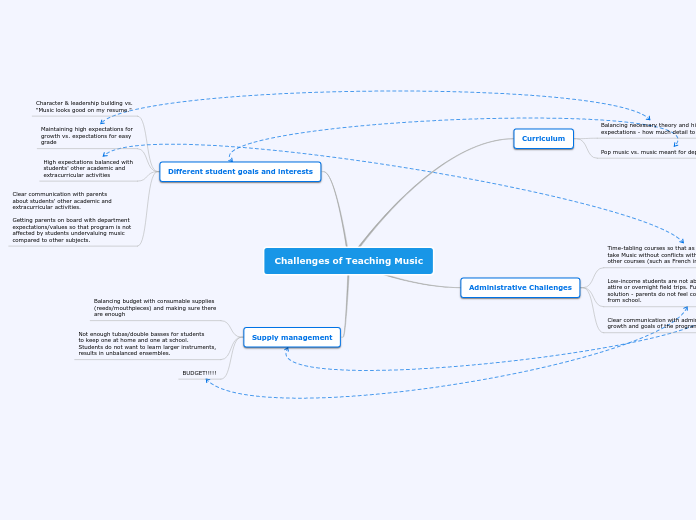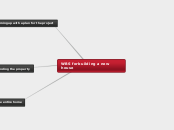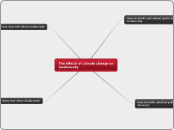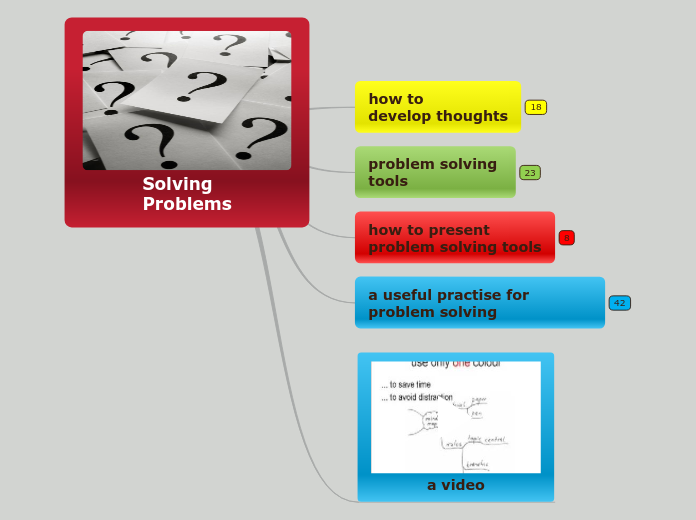par Alice Leung Il y a 5 années
149
Challenges of Teaching Music
Teaching music involves navigating several intricate challenges that span from curriculum design to administrative coordination. Educators must strike a balance between incorporating popular music and pieces that foster deeper musical growth, while also determining the appropriate level of theory and history to teach.









